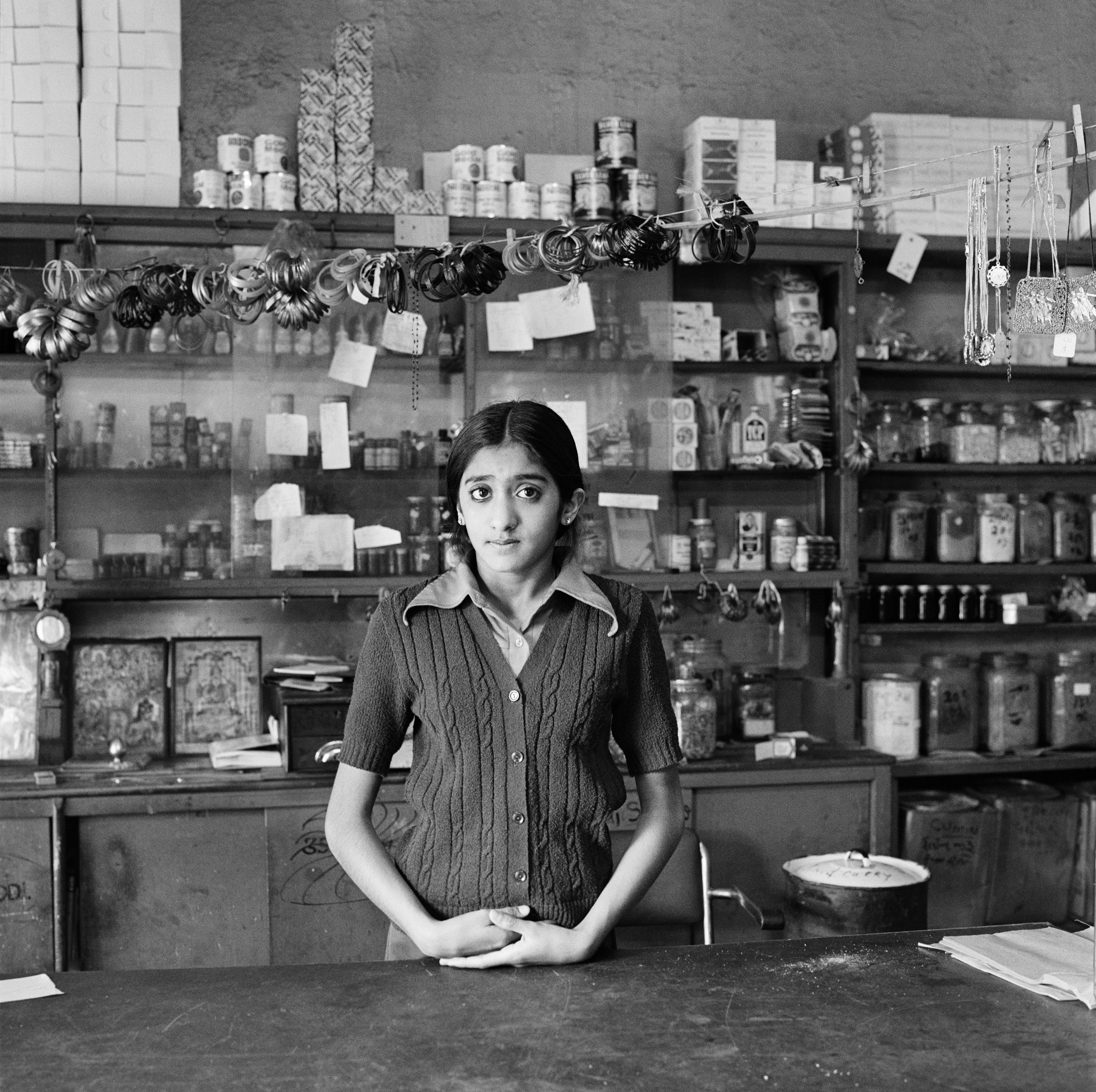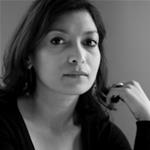Saying goodbye to South Africa's legendary David Goldblatt
Goldblatt will be remembered as a mentor, a teacher and above all, the founder of Market Photo Workshop in Johannesburg.
When a person of South African photographer David Goldblatt's stature passes away, we typically list their monumental achievements.
With this iconic photographer, who chronicled life under apartheid for nearly seven decades, cataloguing the prodigious list of his accomplishments is easy. But his most fruitful legacy is his work as a teacher and mentor to countless photographers and visual practitioners in South Africa.
That he was able to guide and teach, offer his critical eye and time as tirelessly as he did - all while building his vast body of photographic work, organising exhibitions and publications, and, late in his life, receiving accolades, awards, and recognitions - attests he was more than a remarkable photographer.
Goldblatt was born in 1930 in Randfontein, a city in the West Rand District, about an hour's drive west of Johannesburg. He was the youngest of Eli and Olga Goldblatt's three sons. The Goldblatts were descendants of Jewish-Lithuanian immigrants who fled persecution in the Baltic region and arrived in South Africa in the 1890s.
Young Goldblatt grew into adulthood as the National Party came into power in 1948, instituting the policies and laws that formalised discrimination against anyone who was not white. He worked in his father's tailoring shop, which prospered as wealth generated by nearby gold mines changed the lives of white Randfontein residents for the better, while apartheid made the lives of black residents increasingly dire.
Goldblatt's life could have transitioned seamlessly into managing the family business, but at age 18, he began taking photographs.
He did not focus his camera on the ordinary subject matter expected of a teenage photo enthusiast. Instead, he began to investigate what he called "structures" and "values" that upheld apartheid - people's everyday habits, how and where they gathered, how they behaved towards those who they imagined as " the other".
He took photographs of private homes, lawns, and decorative ornaments, as well as public buildings such as schools, houses of worship, auditoriums where members of parliament met, and even roadways. According to him, these were the structures that contained and amplified the violence, values, and the promises of apartheid.
 |
| After their funeral, a child salutes the Cradock Four, Cradock, Eastern Cape, 20 July 1985 1985 [Photograph by David Goldblatt] |
Goldblatt often joked that he was a "coward" who did not have the courage to be a part of rallies and protests against apartheid.
Although he "was very interested in the events that were taking place in the country as a citizen", he once said, "[those] events don't interest me photographically. They are of course important, and I watch them very closely. But photographically, I'm much more interested in the underbelly, the situation and the values that lead to the event".
One photograph, in particular, that conveys this "reluctance" towards the spectacular - and what that aversion allowed him to see - is of the aftermath of a funeral for the Craddock Four, young activists killed by the apartheid security police.
Although he had an assignment to cover the funeral, he "chose to publish the [photograph of the] child giving the clenched fist salute at the gravesite after the funeral, because that seemed to be a particularly pungent photograph".
It illustrates the afterlife of violence, and ways in which responsibility for the struggle - to stand proudly in defiance and face a violent and authoritarian regime with courage - is passed down over generations. It communicates why such courage and defiance will not be quelled by killing one set of insubordinate actors.
Goldblatt also sought out those who were forcibly removed from their land and homes, under various Group Areas Acts that decreed areas in which "Africans", "Indians", and "coloureds" lived as "whites-only". As he began photographing the remaining "Indian" families in Fietas, who were under the threat of being forcibly moved, he recorded the evolution of laws in accordance with the white population's desires and discomforts:
"In the 1890s, shortly after Johannesburg started, three suburbs, bluntly named, were proclaimed for occupation by people of colour: Coolie Location, Kaffir Location and Malay Location. After an outbreak of plague in 1904, Coolie Location was razed. Kaffir Location became a cemetery for Whites. Malay Location, later named Pageview and called Fietas by its residents, became one of the few places in the city reserved for people of colour - Africans, Coloureds and Indians, none of whom had the vote. Whites in a neighbouring suburb, the people who did have the vote, didn't like people of colour living so near and put pressure on the City Council to move them out…"
His photographs in The Transported of KwaNdebele shows the long-term economic and social effects of Group Areas Acts, forced removals of black South Africans to distant outposts, and the Pass Law system.
Even those who did find some form of employment in the far-away city had to travel back and forth daily - a journey that sometimes took 2-3 hours, since black people were not permitted to remain in whites-only areas after work hours.
 |
| Yaksha Modi, daughter of Chagan Modi, in her father's shop before its destruction under the Group Areas Act, 17th Street, Fietas, Johannesburg, 1976 [Photograph by David Goldblatt] |
Goldblatt's caption explains why those on the buses look as if they have been drugged or knocked out cold, slumping in seats: "After a day's work they take the bus from Pretoria to KwaNdebele. Depending on conditions some on this bus will reach home at between 9 and 10 pm, having travelled a total of eight hours, and then be in the queue for the first bus at 2:40 am the next morning."
At home in South Africa - the country on which his loyalties were unapologetically hinged - Goldblatt is beloved for his generosity as a mentor and teacher, and above all, for being instrumental in the founding of Market Photo Workshop.
As Cedric Nunn - another renowned South African photographer of a younger generation and a former director of Market Photo Workshop - remembers, the photography training school was born out of the turmoil of South Africa's State of Emergency, which began in 1985. "It was close to civil war as it could get", he recalls.
During this era, the Market Theatre, in Newtown, was one of the few places in which apartheid was openly questioned by artists, intellectuals, and academics. The Market Theatre, where Goldblatt was a council member since its inception, began running a small gallery in 1977. It became "one of the few galleries [black photographers] had access to in the late seventies and eighties. We all showed there," Nunn says.
It was during those exhibitions - where black guests had to sneak in through the back entrance (their work could be shown, but they could not attend as visitors) - that Goldblatt realised that many were hungry for opportunities to train, learn about how to use a camera, and how to develop film, how to narrate the stories they were seeing, rather than have reporters and photographers from the foreign press parachute in, take a few sensational images, and tell an unrecognisable story to the global public as gospel truth.
As the current Director of Market Photo Workshop, Lekgetho James Makola recalls, apartheid didn't allow black people access to technical training. The "lack of funding also prevented us from attending schools."
He recognises that the turmoil of the late 1980s created "a kind of teaching and learning environment in support of diversifying and empowering local visual content production."
 |
| Going home: Marabastad-Waterval route: for most of the people in this bus, the cycle will start again tomorrow between 2 and 3am, 1984 [Photograph by David Goldblatt] |
But it took someone like Goldblatt to step in to push for such an ambitious programme to come to fruition. Nunn remembers that took Goldblatt some years - from 1986 when the idea was first floated, to 1989 - to manage "to find a place and the administration and funding."
Today, three decades after its inception, it is the premier training facility for photographers and visual practitioners in Africa. John Fleetwood, another former director, emphasises that while Goldblatt's "legacy is one of a world-renowned photographer [he] was also dedicated and determined [in his belief] that photography belongs to everybody and so we need to teach visual literacy so that everybody can share in this power."
It is clear that the Market Photo Workshop has become more than a space for photographers - it is "a resource for visual and creative practitioners, from installation and performance artist Kemang wa Lehulere, curator and artist Gabi Ngcobo, and photographer and LGBTQ "visual activist" Zanele Muholi, notes Makola.
It was only in the late 1990s, as the world became more interested in South African photographers' work for their ability to narrate with nuance, beyond what the spectacular news imagery presented, that Goldblatt's work was identified as extraordinary.
From his work, I learned that there is much one can do with two or three well-drawn lines. I learned to look at what others accepted and take on, as my life's journey, the position of one who questions those constructs. I learned to do that with unapologetic incisiveness and, above all, to do it with discipline and consistency. To maintain my relationship with those about whom I write , and the landscapes to which I am drawn, even if I am not attached to them. I learned from his ability to belong, to be that focused on one place as a particular way of being, and to develop an "is-ness", as David called it - or a "presentness".
I don't think David Goldblatt ever rested in life. May he quietly reveal the structures that we leave unquestioned - and show us how we can challenge them too, in our own ways - from the other world to which he has moved on.
I, and countless others, have his generosity to thank for our journeys through photography, and much, much more. It is now time to say, ngiyabonga, mkhulu: goodbye, teacher.
The views expressed in this article are the author's own and do not necessarily reflect Al Jazeera's editorial stance.
![At home in South Africa - the country on which his loyalties were unapologetically hinged - Goldblatt is beloved for his generosity as a mentor and teacher, writes Jayawardane [Reuters]](https://www.aljazeera.com/mritems/imagecache/mbdxxlarge/mritems/Images/2018/6/26/a87e09bcfd854369bb2e20112b5fb7c2_18.jpg) DAVID GOLDBLATT (1930-2018)
DAVID GOLDBLATT (1930-2018)

0 Comments:
Post a Comment
Subscribe to Post Comments [Atom]
<< Home